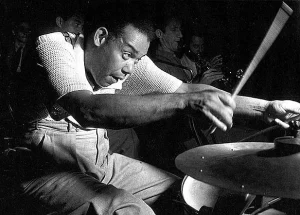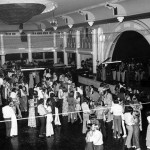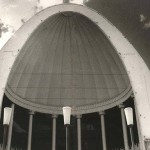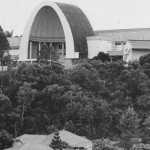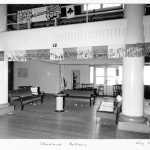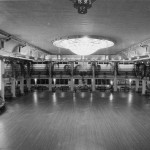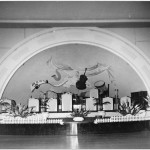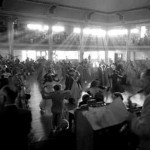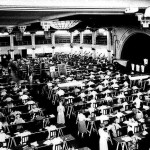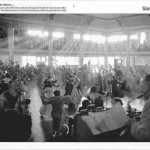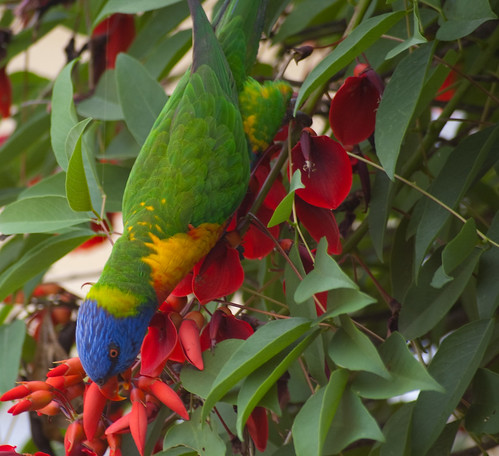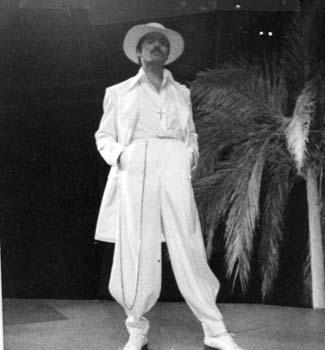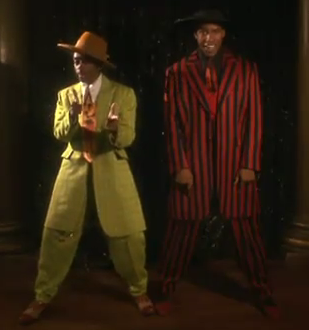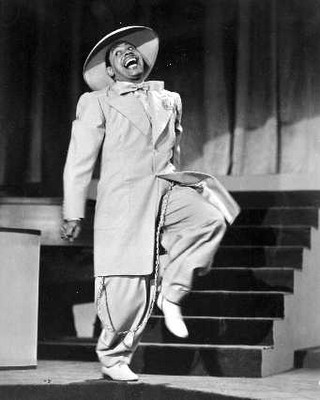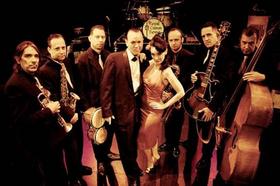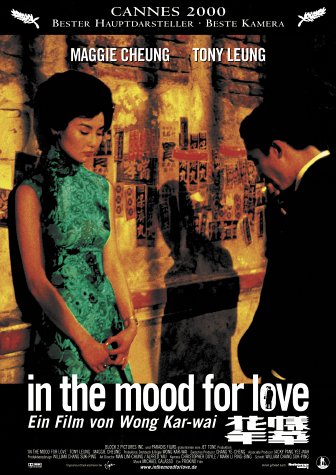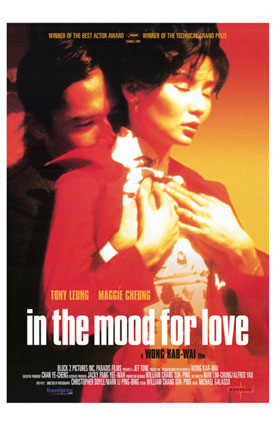We’ve been living the CSIRO lifestyle for a year or two now, and while I like the lighter evening meals (without carbs), we’ve been struggling, ethically, with the amount of meat the diet includes. Also, it’s bad for your guts. So I’ve instituted a week without meat.
I’ve lived the vegetarian lifestyle here and there over the years, most prominently in a share house in Melbourne between 2001 and 2003. I’d moved to Melbourne from Brisbane, taking the coward’s approach to ending a long term relationship, and moving into a huge terrace house in North Melbourne with a bunch of younger students. They were all about 20 and I was about 26. I loved it. It was a delight to no longer be living unhappily in an New Farm flat with one other person. It was wonderful to suddenly be eating with a household of 5 other people (including ever-present boyfriends and girlfriends). I had my own shelf in the larder, my own milk in the fridge. I took my trolley to the Vic Markets every week, and I walked everywhere. I gave up meat. Alliances shifted within the sharehouse, and two of us began cooking together, tired of being third or fourth in line at the stove each night. We now occupied two shelves in the larder.
At the end of that first year, two of us left the strange sharehouse anchor guy to set up house in another, smaller terrace in Carlton North with a new housemate. Vegetarianism turned into vegan coeliacism as one of us discovered gluten intolerance and hardcore eating issues (masquerading as ethics). Each week I bought a trolley full of veggies from the Vic Markets, a trolley full of tofu, various not-wheat grains and dried goods from the Melbourne uni co-op and a trolley full of assorted canned goods and giant bags of rice and rice noodles. We were three fairly hardcore athletes. I was a newly addicted social lindy hopper, dancing two or three nights a week and walking or cycling everywhere. One housemate was a serious cyclist/climber/runner with a similarly-afflicted boyfriend in his very early 20s. The other house mate was equally active, but male and voraciously hungry. All. The. Time. We ate all the time. I ate two dinners almost every night. I got skinnier.
In 2003 we moved to another house – a gorgeous free standing colonial in Brunswick. We gained a house mate, the coeliac’s boyfriend. I gained a Squeeze. Eventually the coeliac had to call defeat as her doctor gave her supplement injections and demanded a return to nonveganism. Eggs entered our diet. Milk.
During those three years we ate a lot of what we called ‘veggie slop’ – misceleneous vegetarian curries drawn from Kurma‘s book or our increasingly beleagured imaginations. I remember one particularly awful meal in our third share house together. Kidney beans. Rice noodles. Some sort of rubbishy greasy sauce. But those years also brought kicheri and a new appreciation for tofu. Firm tofu, cubed, thrown into a coconut milk/tomato based vegetable curry. Tofu marinated in lemon juice, honey, miso and ginger then stir fried with vegetables. Brown rice. Basmati rice. Jasmine rice. Arborio rice. Pulao. Biriyani. Fried rice. Rice pudding. Rice noodles: flat, narrow, sheets, fresh, dried. Mung bean noodles. We made delicious dinners, for the most part, though I’ve never really eaten that way since.
But this week we’re going to revisit the vegetarian days of yore. We’re going to eat the way we used to in Carlton North, crowded around the dining table or camped out on the second hand, re-covered sofas in front of the television.
It’s already been a bit of a trip down memory lane for me. Last night we had spinach and ricotta cannelloni. Something I started eating in Brisbane, along with a million zillion other people, when San Remo included a basic spinach and ricotta recipe on the back of the cannelloni boxes. But we substitute a chunk of fetta for some of the ricotta, and we use fresh spinach rather frozen. Delicious.
Tonight we had this easy Cauliflower (queen of vegetables) and onion dish (recipe c/o Madhur Jaffrey’s Invitation to Indian Cooking):
1 medium onion, peeled and chopped coarsely
4 cloves garlic, peeled and chopped coarsely
2 inch long, 1 inch wide piece ginger peeled and coarsely chopped
1 large head of cauliflower (I just used half a big cauliflower)
8tbsp vegetable oil
1/2 tsp ground turmeric
1 medium fresh or canned tomato, peeled and chopped
1 tbs chopped fresh coriander (I used more than this)
1 fresh hot green chilli washed and finely sliced or 1/4 tsp cayenne pepper (I used 1/4 ground chilli)
2tsp ground coriander
1tsp ground cumin
1tsp garam marsala
2tsp salt
1tbs lemon juice
Blend onion, garlic and ginger with 4 tbsp of water and blend to a paste.
Break cauliflower into small flowerets, not longer than 1 to 1.5 inches, and not wider at the head than 1/2 to 1 inch.
Heat the oil in a heavy-bottomed 10-12 inch pot over a medium flame, pour in the paste from the blender, and add the turmeric. Fry, stirring for 5 minutes.
Add the tomato, green coriander, chili or cayenne, and fry for 5 minutes. If necessary, add 1 tsp of warm water at at time and stir to prevent sticking. Now put in the cauliflower, coriander, cumin, garam masala, salt and lemon juice.
Fry and stir for 1 minute.
Add 4 tbsp warm water, stir, cover, lower flame, allow to cook slowly 35-45 minutes. Stir gently every 10 minutes or so. The cauliflower is done when each floweret is tender with just a trace of crispness along its spine.
Easy.
We had it with rice: brown half an onion cut into rings in some olive oil, add some finely chopped spinach, half a tsp of ground coriander and half a tsp of sweet paprika. Mix it all in. Add some washed basmati rice, mix it all up. Then add water and cook it absorption method style. I do all that in the rice cooker.
And finally, I grilled some haloumi cheese we’d bought on impulse. And we ate it all. The rice was particularly delicious – the browned onion and greasiness of the olive oil making a perfect match for the cheese. The cauliflower was just a little sour around the edges, from the lemon and ginger. Delicious.
I’d had dodgy rice cooker risotto for lunch, using up tomatoes, zuchini, capsicum, mushrooms, some herbs from the garden. It was a bit boring. Needed some rehydrated porcini mushrooms.
I’m not used to all these evening carbs and feel decidedly full. Tomorrow I’m going to reduce portions and drop the hardcore dairy. I’m thinking the ‘asian style’ pumpkin soup from Stephanie Alexander’s big orange book. Or something involving chick peas. I adore chick peas.

